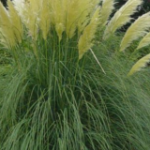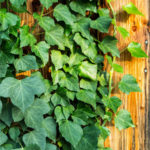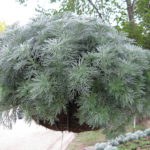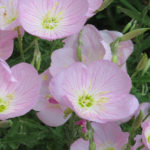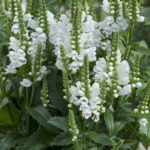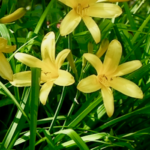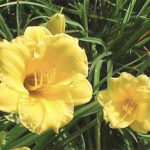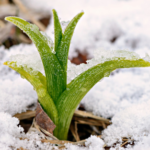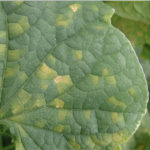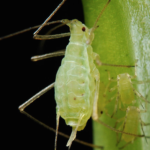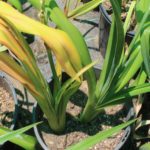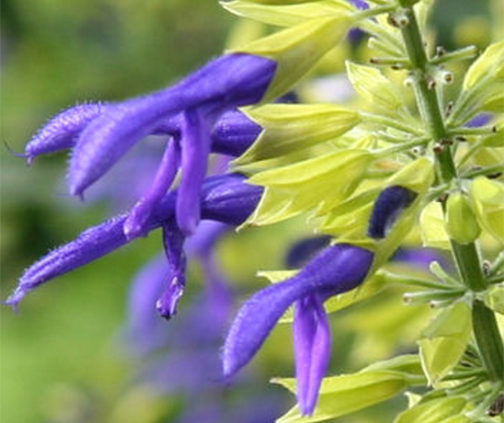
Propagating Salvia Species
Growing Salvia Varieties Commonly Called Sage
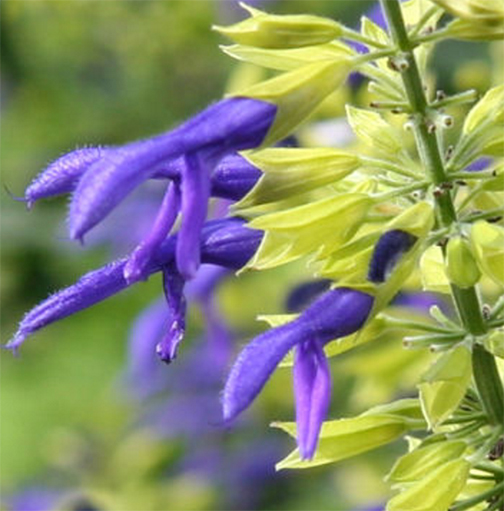 Salvias are the plant genus which includes more than 500 species. Salvias originate from different regions of the world and so there are different varieties, including herbs, shrubs, annual plants, perennial plants, etc. Sage, the herb used for culinary purpose, is well known as Suva. Sage or Salvia officinalis has fragrant greyish green leaves.
Salvias are the plant genus which includes more than 500 species. Salvias originate from different regions of the world and so there are different varieties, including herbs, shrubs, annual plants, perennial plants, etc. Sage, the herb used for culinary purpose, is well known as Suva. Sage or Salvia officinalis has fragrant greyish green leaves.
Growing Salvias From Seed
Salvia or sage plants can be grown from the seed. You can either sow it directly in your garden bed or you can start the seedlings indoors and transplant them later. The ideal time to sow the seeds outdoors is at the beginning of spring when the soil starts to warm. When sowing them indoor make sure that you sow them at least 6 weeks before the last frost. Sow the seeds in the soil and lightly cover them with the soil. Seeds will take 14 to 21 days to germinate. When you plant the seedlings in the garden bed, make sure that the seedlings are at least 12” apart. The sage plants can grow to a height of 24 inches. These plants require well drained soil and full sun for their proper growth. They can withstand dry soil conditions and can survive in average soils. You can use a small amount of general purpose fertiliser while planting the seedlings. Keep the soil moist or slightly dry.
Growing Salvias In Pots
To grow Salvias or sage in pots, fill the pots with well drained soil or potting mix. Tuck the seedling into the soil with the growing points at the soil level, this will allow new sprouts to emerge from the seedlings.
After Planting, Following Directions To Take Care Of The Potted Salvia.
- You must water the plant and keep the plant in a light shady area.
- Once the plant produces new growth, slowly move the pot where the plant will receive full sun.
- Water the plants once or twice in a week, according to the climate.
- Cutting the flower stems encourages further blooming.
- During late autumn when the foliage starts to fade clip the plant stems to a height of 4” above the ground. Fresh growth will appear in the next spring. Trim the plant whenever the plant gets leggy.
Can Salvias Survive The Frosts?
There are some species of Salvias which can survive the winter frost conditions. Species which are native to the mountain regions of South and Central America can produce flowers during winter autumn and spring. You can select these frost hardy varieties which can withstand cooler temperatures of up to -20 C. Salvia dorisiana or ‘Fruity Sage’, S.africana, S.aurea, S.mellifera are examples of frost hardy varieties.
Propagation Of Salvias
Propagation can be done using the seeds, stem cuttings and by division of clumps. You can use stem cuttings of length 2-8 inches long with nodes to create new plants. Remove the 2-3 bottom leaves in the cut stem and place them in a glass with 2 inches of water. Maintain the water level till the plant develops roots. When they have roots that are ¾ inch long transplant them.
Dividing Salvias
Salvias which form clumps are propagated by the division of the clumps. Divide the clumps after winter and when the new shoots appear. Make sure that each divided clump has roots and shoots to encourage growth.
Pruning Salvias
You need to prune the Salvia plants every year after flowering. You can prune them to the ground avoiding any newly appeared shoots.


